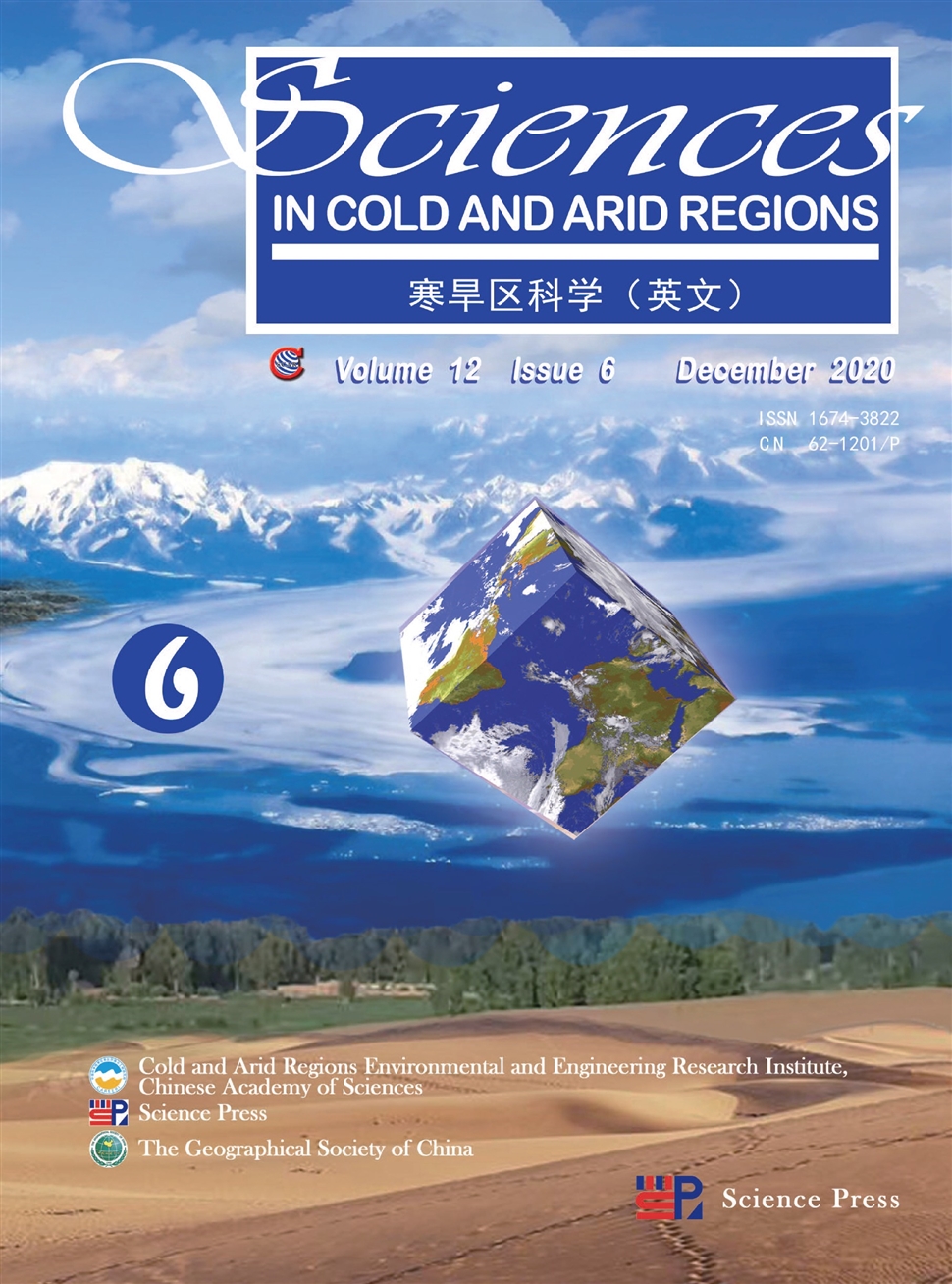Influence of proximity to the Qinghai-Tibet highway andrailway on variations of soil heavy metal concentrationsand bacterial community diversity on the Tibetan Plateau
作者:Xia Zhao,JunFeng Wang,Yun Wang,Xiang Lu,ShaoFang Liu,YuBao Zhang,ZhiHong Guo,ZhongKui Xie,RuoYu Wang
摘要:An understanding of soil microbial communities is crucial in roadside soil environmental assessments.The 16S rRNA se quencing of a stressed microbial community in soil adjacent to the Qinghai-Tibet Highway(QTH)revealed that the accu mulation of heavy metals(over about 10 years)has affected the diversity of bacterial abundance and microbial community structure.The proximity of a sampling site to the QTH/Qinghai-Tibet Railway(QTR),which is effectively a measure of the density of human engineering,was the dominant factor influencing bacterial community diversity.The diversity of bacterial communities shows that 16S rRNA gene abundance decreased in relation to proximity to the QTH and QTR in both alpine wetland and meadow areas.The dominant phyla across all samples were Actinobacteria and Proteobacteria.The concentration of Cr and Cd in the soil were positively correlated with proximity to the QTH and QTR(MC/WC sam pling sites),and Ni,Co,and V were positively correlated with proximity to the QTH and QTR(MA/WA sampling sites).The results presented in this study provide an insight into the relationships among heavy metals and soil microbial commu nities,and have important implications for assessing and predicting the impacts of human-induced activities from the QTH and QTR in such an extreme and fragile environment.
发文机构:Gaolan Station of Agricultural and Ecological Experiment Key Laboratory of Stress Physiology and Ecology in Cold and Arid Regions of Gansu Province State Key Laboratory of Frozen Soil Engineering Key Laboratory of Desert and Desertification
关键词:Qinghai-TibetHIGHWAY(QTH)Qinghai-TibetRailway(QTR)soilBACTERIALcommunityALPINEWETLANDALPINEMEADOWheavymetal
分类号: S15[农业科学—土壤学][农业科学—农业基础科学]
- Soil hydraulic conductivity and its influence on soil moisture simulations in the source region of the Yellow River―take Maqu as an example
- The 2018 Academic annual meeting of China Society of Cryospheric Science was held successfully in Foshan on November 17–18,2018
- A paleo-hydrological simulation experiment and its verification in an inland basin
- Variation in water source of sand-binding vegetation across a chronosequence of artificial desert revegetation in Northwest China
- 60-year changes and mechanisms of Urumqi Glacier No.1 in the eastern Tianshan of China,Central Asia
- Seed germination and seedling growth of Pycnanthus angolensis(Welw.)Warb.,African false nutmeg
- Origin and advances in implementing blowing-snow effects in the Community Land Model
- Estimating interaction between surface water and groundwater in a permafrost region of the northern Tibetan Plateau using heat tracing method
- Cryosphere evapotranspiration in the Tibetan Plateau:A review
- Fast genetic mapping in barley:case studies of cuticle mutants using RNA-sequencing


